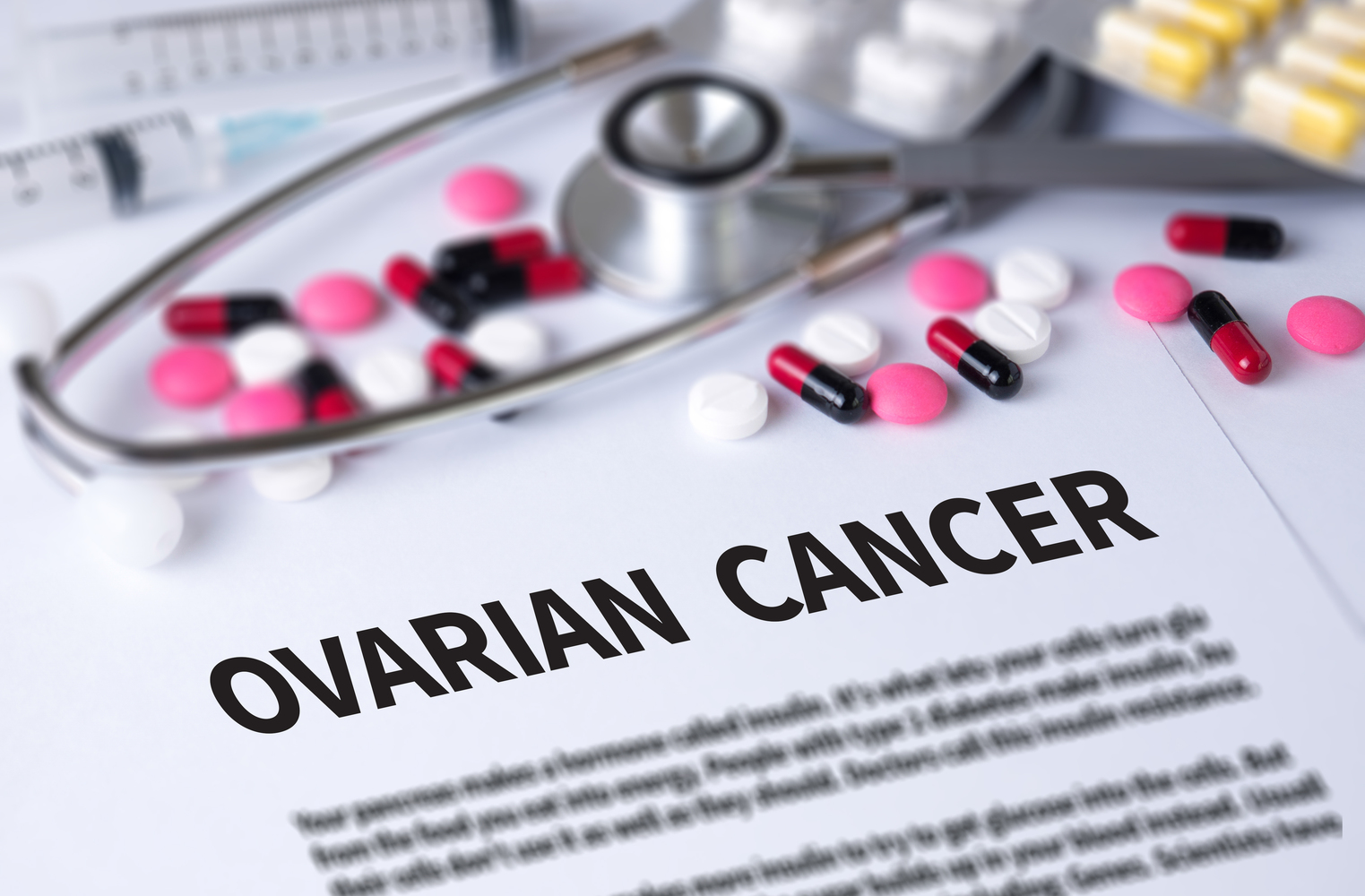Comprehensive Guide to Ovarian Cysts During Pregnancy: Causes, Risks, and Treatment Approaches
Ovarian cysts during pregnancy can pose various risks but are often manageable with proper diagnosis and treatment. This comprehensive guide explains their causes, symptoms, potential complications, and treatment options, emphasizing the importance of regular monitoring and medical care for pregnant women. Most cysts are benign and resolve on their own, but awareness and timely intervention are key to maintaining maternal and fetal health.

Comprehensive Guide to Ovarian Cysts During Pregnancy: Causes, Risks, and Treatment Approaches
Understanding the Origins of Ovarian Cysts
Ovarian cysts are fluid-filled sacs that develop on or within the ovaries. While often benign, their development can be triggered by a variety of factors, especially during pregnancy. Common causes include hormonal imbalances, metabolic issues like obesity, irregular menstrual cycles, and certain medical treatments. For instance, women experiencing irregular periods or early menarche—starting menstruation before the age of 11—are at a higher risk of developing ovarian cysts. Additionally, women dealing with infertility problems, hypothyroidism, or those undergoing specific treatments such as tamoxifen for breast cancer management may also be more susceptible.
Understanding these underlying causes can help in early detection and management during pregnancy, ensuring better health outcomes for both mother and baby. It’s also worth noting that many ovarian cysts are functional, meaning they are related to the normal functioning of the ovaries and often resolve on their own. However, persistent or complex cysts may require more detailed evaluation.
Signs and Symptoms of Ovarian Cysts
The clinical presentation of ovarian cysts varies widely depending on their size, type, and location. Many small, functional cysts are asymptomatic and are often found incidentally during routine pelvic examinations or ultrasonography. However, larger cysts—some exceeding 12 centimeters—can cause noticeable symptoms and potential complications.
нижняя abdominal pain, especially during the mid-cycle phase of the menstrual cycle, often accompanied by cramping.
Delayed or irregular menstrual cycles, which could be an indication of cyst formation affecting normal ovulation.
Unusual vaginal bleeding outside the typical menstrual period, including spotting or light bleeding patterns.
While these symptoms can be benign, they should not be ignored, especially if they persist or worsen.
Rarely, ovarian cysts may progress and develop into ovarian cancer, but the vast majority are benign and pose no serious threat. Nevertheless, vigilant monitoring is crucial to ensure early detection if complications arise.
Most ovarian cysts are discovered during routine pelvic exams, ultrasound scans, or imaging studies conducted for other reasons. Complex cysts, which may contain solid components, septations, or irregularities, often present additional signs:
Pain during sexual intercourse, which can be sharp or persistent.
Sudden, severe lower abdominal or pelvic pain, indicating possible cyst rupture or torsion.
Cyclic menstrual irregularities, including heavy bleeding or very light periods.
Symptoms like nausea, vomiting, and bloating—a sign of cyst complications or torsion.
Abdominal tenderness, distension, and sensations of pressure or fullness.
Discomfort during urination or bowel movements, which may suggest pressure effects on nearby structures.
Persistent pelvic pain that doesn’t resolve over time.
A constant feeling of fullness or early satiety while eating.
Urinary issues such as incontinence or frequent urination.
Lower back pain associated with menstrual cycles.
Heartburn and gastrointestinal discomfort.
Potential Complications and Effective Treatment Options
While most ovarian cysts do not interfere with fertility, certain conditions like Polycystic Ovary Syndrome (PCOS) can pose significant health challenges. PCOS is characterized by hormonal imbalance, irregular or absent ovulation, excessive hair growth, acne, and other metabolic disturbances. Women with PCOS often experience difficulties conceiving, but managing the syndrome can significantly improve fertility prospects.
Understanding PCOS Symptoms: The typical symptoms include irregular menstrual cycles, weight gain, insulin resistance, and hirsutism. Early diagnosis and lifestyle interventions are crucial in controlling symptoms and restoring hormonal balance.
Managing ovarian cysts during pregnancy involves a tailored approach depending on the cyst's type, size, symptoms, and potential risk factors. In many cases, small functional cysts are harmless and tend to resolve spontaneously within a few weeks to months. Conservative management, including careful monitoring and follow-up ultrasounds, is the preferred approach in asymptomatic cases.
Women experiencing symptomatic or large cysts may require more active intervention. Options include minimally invasive surgical procedures such as laparoscopy, which allows removal of cysts while preserving ovarian tissue whenever possible. Surgical intervention is especially important if cysts cause torsion, rupture, or if there's suspicion of malignancy.
It’s essential for pregnant women diagnosed with ovarian cysts to remain under the care of their obstetrician and gynecologist. Regular monitoring ensures timely detection of any changes or complications. In some cases, medication to regulate hormones or reduce cyst size may be prescribed.
In conclusion, understanding the causes, signs, and management of ovarian cysts during pregnancy is vital for ensuring maternal health and fetal well-being. With proper medical care, the majority of ovarian cysts can be effectively managed, allowing women to progress through pregnancy safely.





